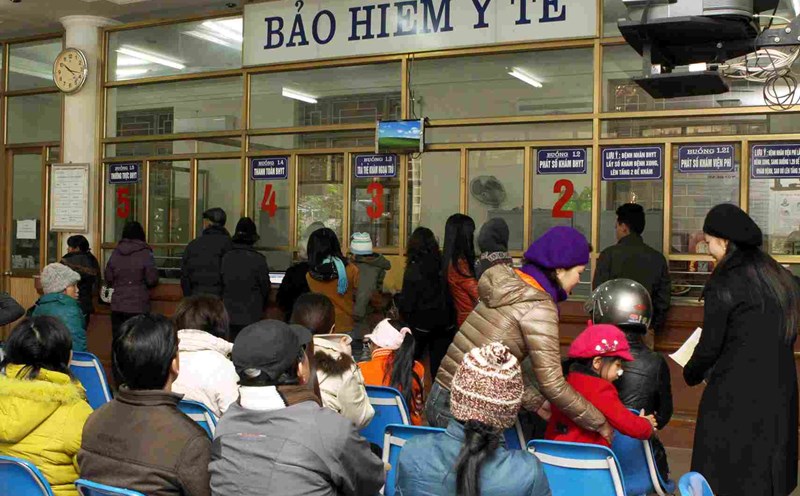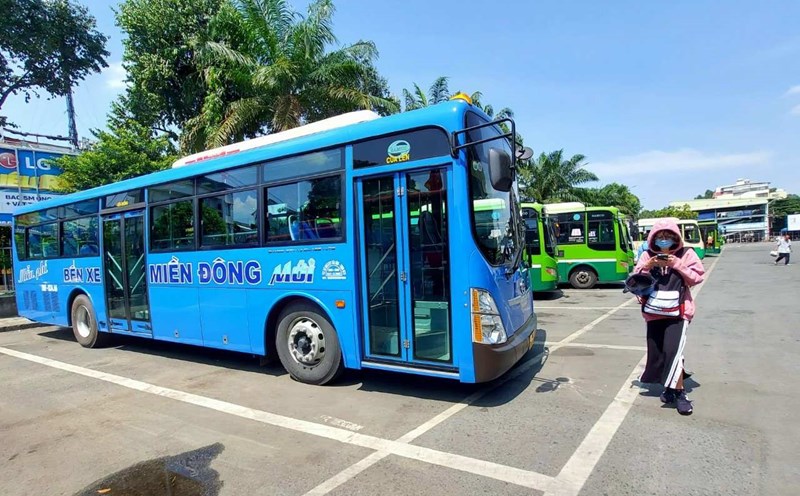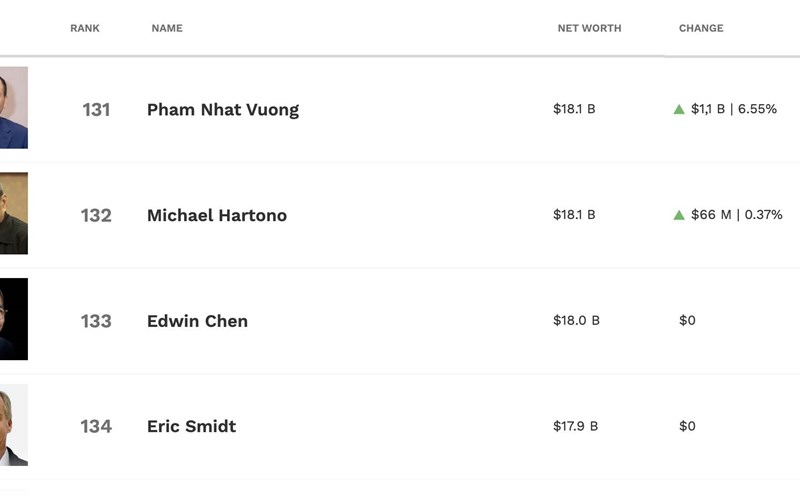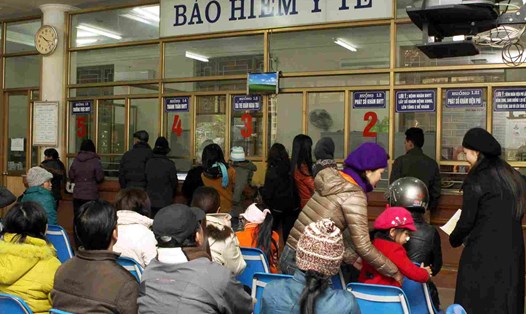Vietnam Social Security said that currently, there are 3 ways to replace paper health insurance cards in medical examination and treatment, including: Using a chip-embedded citizen identification card; using a VNeID account (electronic identification account) level 2, and using the VssID application - Digital Social Insurance...
Method 1: People present their chip-embedded citizen identification cards at medical examination and treatment facilities. When scanning the QR code with valid information about health insurance participation, the medical examination and treatment facility will check and compare health insurance information, and receive patients according to the current health insurance examination and treatment process.
Method 2: People can use the health insurance card that has been authenticated on the VNeID level 2 application, by opening the VNeID settings on their mobile phone, then logging into their VNeID account.
Next, select “Paper Wallet”, then select “Health Insurance Card”; enter the code to verify the user and present the image of the health insurance card on the VNeID application to the medical staff.
According to Decree 75/2023/ND-CP amending Decree 146/2018/ND-CP guiding the Law on Health Insurance, it officially stipulates the use of VNeID instead of paper health insurance cards when going to the doctor.
Accordingly, health insurance participants when seeking medical examination and treatment must present a health insurance card with photo or citizen identification card.
In case of presenting a health insurance card without a photo, it is necessary to present one of the following identification documents with a photo issued by a competent authority or organization, or a certificate issued by the commune-level police, or other documents certified by the educational institution where the student is managed; other legal identification documents or documents with level 2 electronic identification as prescribed in Decree 59/2022/ND-CP.
Thus, according to the above regulations, when going to see a doctor or get medical treatment, in addition to presenting a paper health insurance card, if people have integrated their health insurance card into the VNeID application, they can use VNeID instead of a paper health insurance card.
Method 3: People can also use the VssID application on their phones to replace the paper health insurance card when going to the hospital. After successfully logging into the VssID application, people need to select the "Personal Management" section. Then select the "Health Insurance Card" section and then select "Use card" or "Card image" to present to the medical facility.
In case of emergency, patients can be treated at medical facilities, however, they will need to present their health insurance card before leaving the hospital to enjoy health insurance benefits.
Currently, Vietnam Social Security is still using social insurance books, paper health insurance cards and the VssID application in parallel.
From there, social insurance and health insurance participants can access information and perform public services conveniently, easily and quickly, gradually replacing paper social insurance books and health insurance cards.
Statistics from Vietnam Social Security show that there are currently nearly 13,000 health insurance medical facilities nationwide.
Implementing Project No. 06, to date, Vietnam Social Security has authenticated more than 95 million demographic information in the database managed by the industry with the national population database. Of which, about 86.6 million people are participating in and enjoying social insurance, health insurance, and unemployment insurance policies.
Up to now, 100% of health insurance medical examination and treatment facilities nationwide have implemented health insurance medical examination and treatment using citizen identification cards, which not only shortens the time and procedures for medical examination and treatment, improves service quality, but also helps manage and effectively use the Health Insurance Fund, and prevents fund profiteering.
This not only helps patients simplify medical examination and treatment procedures, not having to worry about keeping or forgetting their health insurance cards when going to the hospital, but also ensures the confidentiality and safety of medical examination and treatment information data. At the same time, it saves time for reception and guidance from medical examination and treatment facilities; effectively manages the Health Insurance Fund, and prevents fund fraud.











